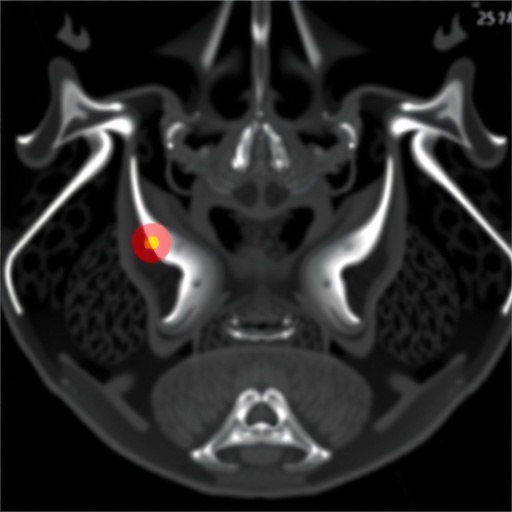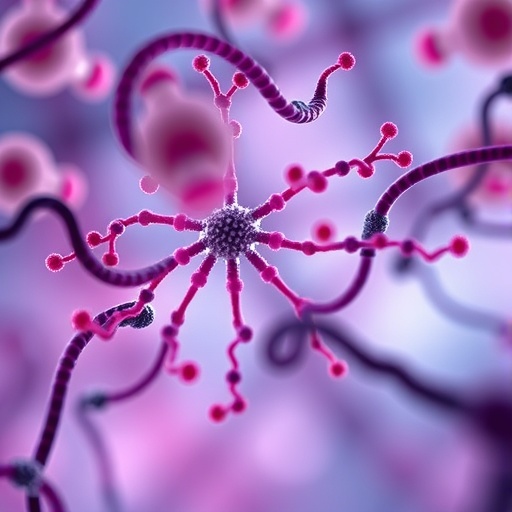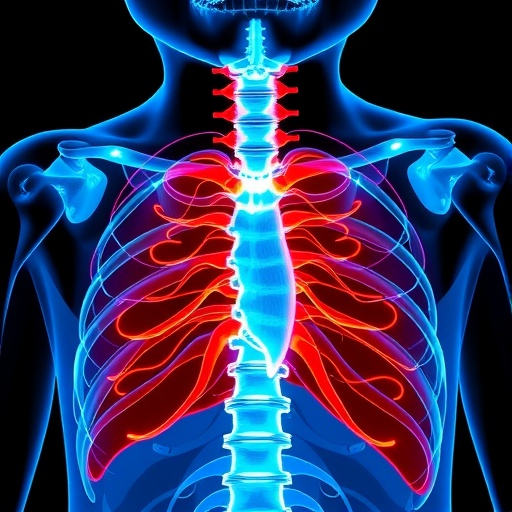In a groundbreaking advancement poised to reshape cervical cancer screening and diagnosis, researchers have developed and evaluated two state-of-the-art deep learning frameworks—SEResNet101 and SE-VGG19—designed to drastically enhance the detection and classification of cervical lesions. Given the persistent global burden of cervical cancer, the imperative for more sensitive and specific diagnostic tools has never been more critical. Traditional screening methods, including Pap smears and HPV testing, though widely implemented, frequently grapple with limitations in their ability to reliably differentiate between low-grade (LSIL) and high-grade squamous intraepithelial lesions (HSIL), leading to diagnostic ambiguities that can compromise patient outcomes.
This pioneering study leverages a substantial dataset comprising 3,305 meticulously curated colposcopy images to train and validate the efficacy of these sophisticated convolutional neural network architectures. Both SEResNet101 and SE-VGG19 incorporate squeeze-and-excitation (SE) blocks, a cutting-edge mechanism designed to recalibrate channel-wise feature responses dynamically, enabling the models to focus adaptively on diagnostically relevant image features. However, the models diverge in their foundational architectures, with SEResNet101 expanding upon the ResNet paradigm with 101 layers and enhanced skip connections, while SE-VGG19 builds upon the classical VGG19 framework augmented by SE modules.
.adsslot_QlMYwNrJZB{ width:728px !important; height:90px !important; }
@media (max-width:1199px) { .adsslot_QlMYwNrJZB{ width:468px !important; height:60px !important; } }
@media (max-width:767px) { .adsslot_QlMYwNrJZB{ width:320px !important; height:50px !important; } }
ADVERTISEMENT
The importance of high sensitivity and specificity in cervical lesion detection cannot be overstated. False negatives can delay necessary interventions, allowing lesions to progress to malignancy, while false positives can lead to unnecessary biopsies and psychological distress. The incorporation of SE blocks in these architectures allows the networks to amplify crucial features indicative of lesion severity, effectively enhancing discriminatory capability within high-dimensional image data. This represents a significant departure from previous models that relied heavily on raw convolutional features without such nuanced channel-wise attention.
Clinicians and oncologists have historically faced challenges in standardizing the interpretation of colposcopic images due to their inherent variability and the subjective nature of visual assessment. Automating this process using advanced AI systems like SEResNet101 introduces consistency and objectivity, which could revolutionize clinical workflows. The model’s ability to generalize across diverse image sets while maintaining robustness against noise and artifacts speaks to its potential for real-world application beyond controlled research settings.
Moreover, integrating these deep learning models into existing patient management systems could enhance early detection strategies, particularly in low-resource environments where expert colposcopists are scarce. The scalability of AI-based diagnostics offers a pathway to democratize access to precise cervical cancer screening globally, aligning with the goals of precision oncology aimed at tailoring interventions to individual patient profiles.
The study’s methodology encompasses rigorous cross-validation and benchmark comparisons, underscoring the replicability of findings. By harnessing the synergy between SE modules and deep residual learning, SEResNet101 exemplifies how architectural innovations within neural networks can yield tangible improvements in medical image analytics. The dataset’s high quality and representative breadth bolster the credibility of conclusions drawn, ensuring the model’s relevance across varied patient demographics and lesion presentations.
While the results are promising, the researchers emphasize that clinical deployment necessitates further validation through multicentric trials to account for population heterogeneity and differing imaging equipment. The translational journey from algorithmic performance in silico to effective clinical integration involves addressing challenges such as interoperability with electronic health records, user interface design, and regulatory approvals. Nonetheless, this technological leap provides a compelling framework for accelerating precision diagnostics in gynecologic oncology.
Additionally, the study highlights the importance of interdisciplinary collaboration, blending expertise from computer science, pathology, and clinical oncology. Such cooperation is paramount to refine algorithmic parameters, interpret model outputs adequately, and align them with clinical decision-making processes. As AI continues to mature, its role as an adjunct to human expertise rather than a replacement becomes increasingly apparent, fostering augmented intelligence paradigms that enhance rather than supplant clinicians’ judgment.
Ethical considerations also permeate the deployment of AI in healthcare, particularly concerning data privacy, informed consent, and algorithmic bias. Ensuring that training datasets sufficiently represent diverse populations mitigates the risk of performance disparities that could exacerbate healthcare inequalities. Transparency in model development and validation further strengthens stakeholder trust and facilitates acceptance among healthcare providers and patients alike.
This landmark research signifies a pivotal milestone in the journey toward automated, accurate, and accessible cervical lesion detection. By substantially improving diagnostic metrics beyond current standards, SEResNet101 holds promise to transform screening programs, optimize therapeutic pathways, and ultimately improve survival rates. The integration of such AI technologies into routine gynecologic practice could herald a new era of precision oncology, where early and accurate lesion characterization informs personalized treatment plans.
Looking forward, future investigations should explore integrating these deep learning models with multimodal data inputs, such as patient clinical histories, genomic markers, and HPV subtype information, to enhance predictive power and clinical relevance. Combining imaging analytics with molecular diagnostics could yield comprehensive risk stratification frameworks, revolutionizing cervical cancer prevention and care.
Furthermore, real-time diagnostic assistance during colposcopic examinations represents an exciting frontier. Embedding AI tools in colposcopes or as adjunct mobile applications could provide immediate lesion assessment, guiding biopsy decisions and monitoring treatment response dynamically. Such innovations promise to reduce clinical workload while enhancing diagnostic accuracy and patient experience.
Subject of Research: Advanced Deep Learning Models for Cervical Lesion Detection and Classification in Precision Oncology
Article Title: Integrating SEResNet101 and SE-VGG19 for advanced cervical lesion detection: a step forward in precision oncology
Article References:
Ye, Y., Chen, Y., Pan, J. et al. Integrating SEResNet101 and SE-VGG19 for advanced cervical lesion detection: a step forward in precision oncology. BMC Cancer 25, 963 (2025). https://doi.org/10.1186/s12885-025-14353-z
Image Credits: Scienmag.com
DOI: https://doi.org/10.1186/s12885-025-14353-z
Tags: advanced screening methodscervical cancer detectioncervical intraepithelial neoplasia detectioncervical lesion classificationcolposcopy image analysisdeep learning frameworks for medical imagingdiagnostic tools for cervical cancermachine learning in healthcaremedical image processing techniquesSE-VGG19 model evaluationsensitivity and specificity in diagnosticsSEResNet101 architecture





